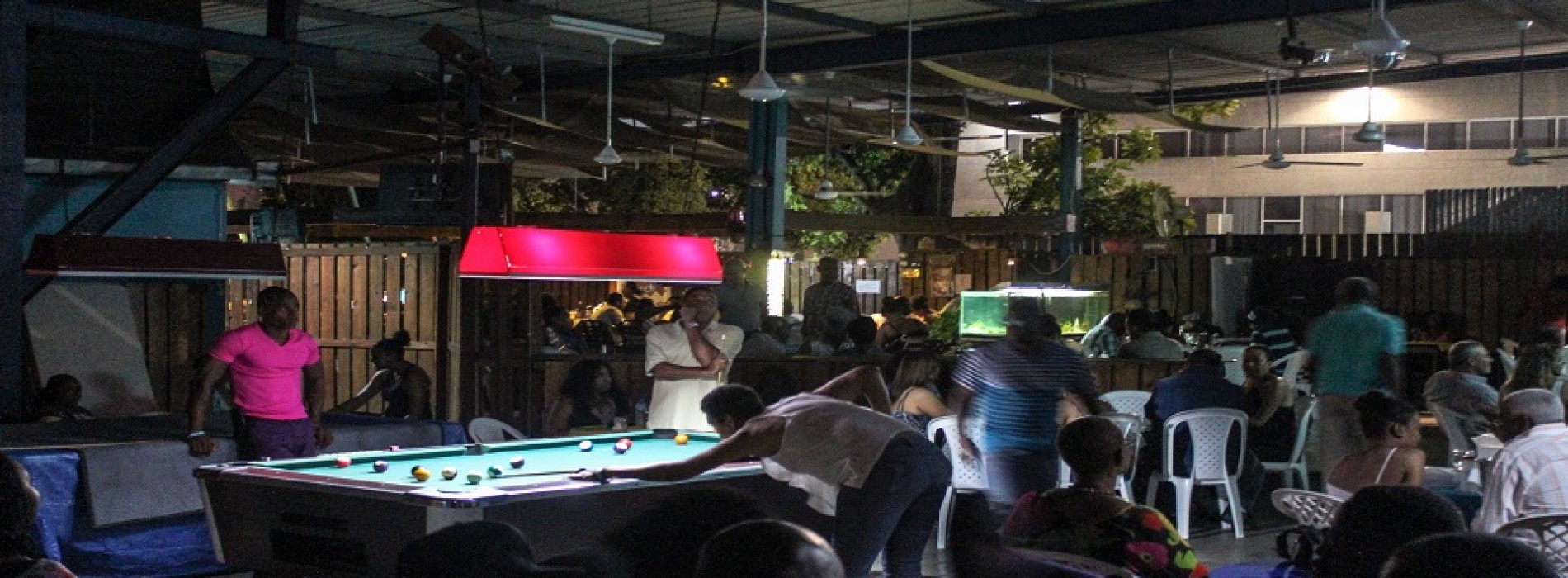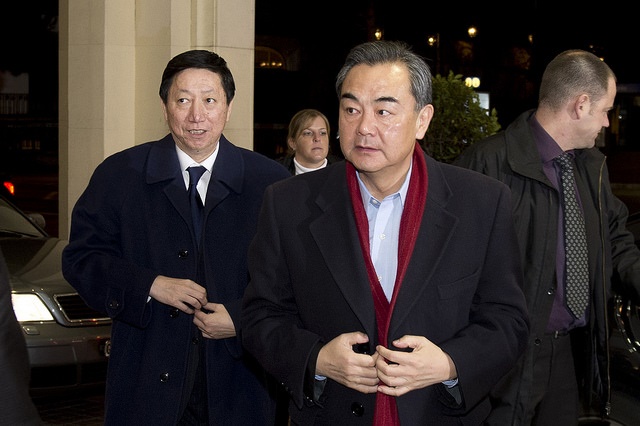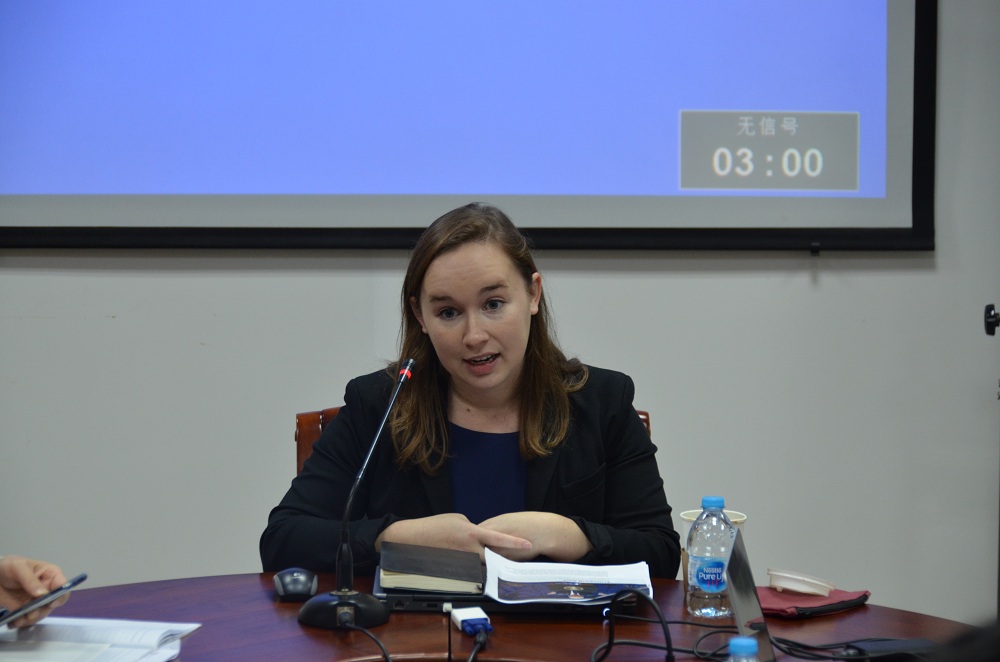Greenland's Frozen Secret: Unveiling A U.S. Nuclear Base

Table of Contents
The Cold War Origins of Camp Century
The story begins during the height of the Cold War. In the late 1950s, the United States initiated Project Iceworm, a highly classified military project aimed at establishing a network of underground bases in Greenland's ice sheet. The official cover story was a research facility, cleverly disguised as Camp Century. However, the true intentions were far more ambitious: to create a potential launch site for nuclear missiles capable of striking the Soviet Union. This Arctic strategy reflected the intense geopolitical tensions of the era.
- Location and Size: Camp Century was situated in northwest Greenland, a strategically important location for launching missiles towards the USSR. Its size was substantial, encompassing numerous tunnels and facilities carved into the ice.
- Project Iceworm's Deception: Project Iceworm was intrinsically linked to Camp Century. Its ultimate goal, the deployment of hundreds of nuclear missiles, was never fully realized due to significant engineering challenges posed by the unpredictable nature of the ice sheet.
- Secrecy and Implications: The extreme secrecy surrounding Project Iceworm and Camp Century highlights the paranoia and strategic calculations of the Cold War. The potential for escalation and the immense risk associated with the project were kept tightly under wraps.
- Arctic Challenges: Building and maintaining a base in the harsh Arctic environment presented numerous logistical and engineering hurdles. The extreme cold, the moving ice sheet, and the remote location all contributed to the immense challenges faced by the project.
Unveiling the Secret: Recent Discoveries and Research
The melting of Greenland's ice sheet due to climate change has inadvertently unveiled the secrets of Camp Century. Recent research, using a combination of historical documents, satellite imagery, and on-site investigations, has revealed the true extent of the base and its activities. The melting ice is not just revealing the physical structures; it's also highlighting the potential environmental consequences.
- Scientific Methods: Researchers utilized a variety of techniques, including ice core analysis, geophysical surveys, and the examination of historical archives, to uncover the details of Camp Century.
- Extent of the Base: Studies have shown that Camp Century was far larger and more complex than previously believed, suggesting a greater level of military activity than initially acknowledged.
- Environmental Consequences: The most pressing concern is the presence of radioactive waste, including low-level nuclear waste, left behind at the site. The melting ice poses a significant risk of contaminating the surrounding environment and potentially affecting the local ecosystem.
- Ongoing Research: Scientific teams continue to study the site, assessing the environmental impact and exploring methods for mitigating potential risks. Their research is crucial for understanding the long-term consequences of this Cold War relic.
Geopolitical Implications and Modern Relevance of the U.S. Nuclear Base in Greenland
The rediscovery of Camp Century has significant geopolitical implications, especially considering the renewed focus on Arctic sovereignty and the increasing great power competition in the region. The Arctic's strategic importance, its resources, and its potential for military operations have all become focal points in the 21st century.
- U.S. Foreign Policy: The discovery raises questions about U.S. foreign policy and its relationship with Greenland, particularly concerning transparency and environmental responsibility.
- Arctic Great Power Competition: The Arctic is becoming a stage for great power competition, with countries like Russia and China increasing their military and economic presence in the region. Camp Century's history adds another layer of complexity to these dynamics.
- Arctic Sovereignty: The location of Camp Century underscores the importance of Arctic sovereignty and the potential for disputes over territorial claims and resource exploitation.
- Ethical and Environmental Implications: The ethical and environmental ramifications of leaving behind nuclear waste are significant. International cooperation is essential for addressing these challenges responsibly.
The Future of Greenland's Frozen Secret
The future of Camp Century hinges on several crucial factors: environmental remediation, historical preservation, and international cooperation. Addressing the environmental concerns posed by the radioactive waste is paramount. Preserving the historical significance of the site for future generations also requires careful planning and collaboration.
- Environmental Remediation: Developing and implementing a plan to safely remove or contain the radioactive waste is crucial to protecting Greenland's environment.
- Historical Preservation: The site holds significant historical value as a testament to the Cold War and the challenges of military operations in extreme environments. Careful preservation efforts can ensure that its story is accurately documented and understood.
- International Cooperation: Addressing the complexities of Camp Century requires international cooperation among the U.S., Denmark (which governs Greenland), and other stakeholders. Transparency and open dialogue are critical.
- Greenland's Future: The discovery of Camp Century is intricately linked to Greenland's future, particularly in terms of its sovereignty and its environmental sustainability.
Conclusion
The potential U.S. nuclear base in Greenland, hidden beneath the ice for decades, is emerging from its frozen tomb due to climate change. The discovery of Camp Century reveals a captivating story of Cold War secrecy, scientific breakthroughs, and significant geopolitical implications. The legacy of this U.S. nuclear base in Greenland demands responsible action, including environmental remediation, historical preservation, and transparent international collaboration. Learn more about this fascinating and complex chapter of history. Explore further research on the environmental impact of Cold War military activities in the Arctic, and engage in discussions about the ethical and environmental responsibilities surrounding the U.S. nuclear base in Greenland and other similar sites. Understanding the past is critical for shaping a sustainable future in the Arctic.

Featured Posts
-
 Microsoft Stock A Safe Haven Amidst Trade War Uncertainty
May 16, 2025
Microsoft Stock A Safe Haven Amidst Trade War Uncertainty
May 16, 2025 -
 Chinas Strategic Gambit Expert Led Us Deal Negotiation
May 16, 2025
Chinas Strategic Gambit Expert Led Us Deal Negotiation
May 16, 2025 -
 Aircraft And Political Favors Examining The Trump Administrations Practices
May 16, 2025
Aircraft And Political Favors Examining The Trump Administrations Practices
May 16, 2025 -
 Millions Stolen Inside Job Targeting Executive Office365 Accounts
May 16, 2025
Millions Stolen Inside Job Targeting Executive Office365 Accounts
May 16, 2025 -
 Tom Cruises Outstanding 1 Debt To Tom Hanks A Hollywood Enigma
May 16, 2025
Tom Cruises Outstanding 1 Debt To Tom Hanks A Hollywood Enigma
May 16, 2025
